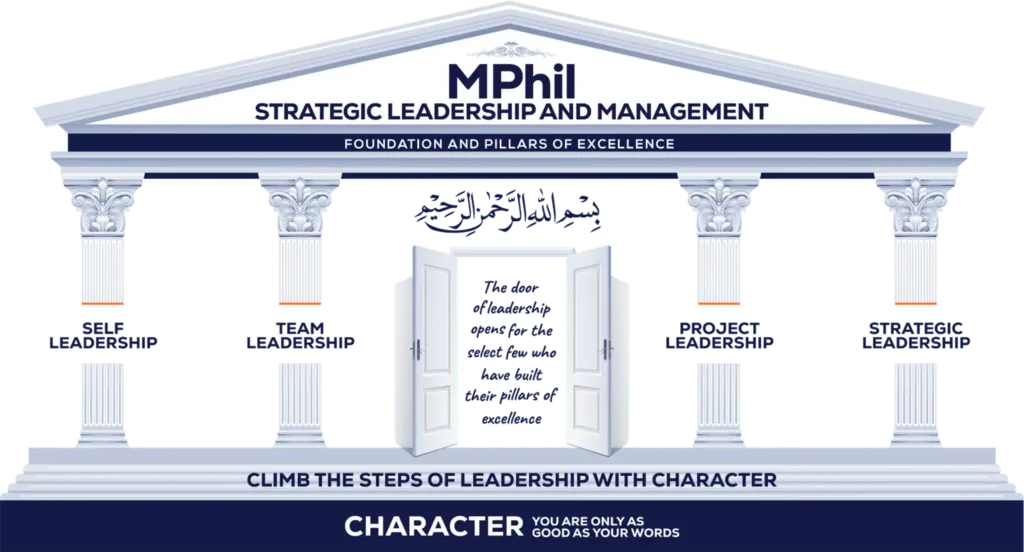
SELF-LEADERSHIP: 1st Pillar of Excellence
Unfortunately, most people do not live to their fullest potential, and many are held back by self-imposed limitations. Self leadership, therefore, requires serious introspection to explore long-held beliefs, attitudes and unconscious decisions that may have limited the many facets of our lives. Through self-awareness one discovers that one can become more than one has allowed oneself to be. A central question will guide the participants in their development of self-leadership: what is required to live at one’s fullest potential? The following model will be used to help participants deepen their awareness of their own unique truths, and to apply their vision of the future as the key component of self-leadership.
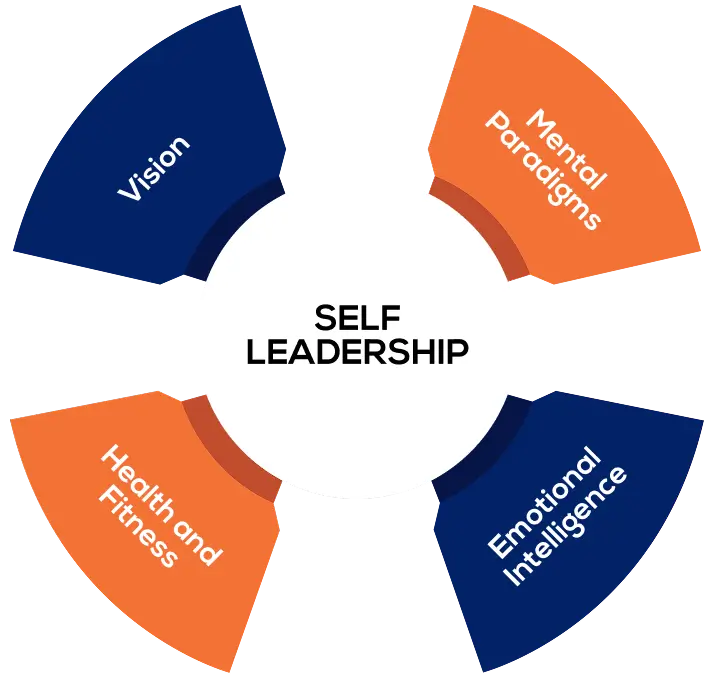
Deep within man dwell those slumbering powers; powers that would astonish him, that he never dreamed of possessing; forces that would revolutionize his life if aroused and put into action.
Orison Swett Marden
Vision
Vision
“If you can dream it, you can do it.”
Walt Disney
Leadership starts with a vision – a portrait of the future to which one can commit one’s life. It will be uniquely one’s own to empower and inspire one to work toward one’s dream. In creating our vision, we will be daring and reach for what we truly want to do in life that is aligned with our talents and strengths. Our unique vision will give us a reason to live life with a purpose and invent the future for ourselves.
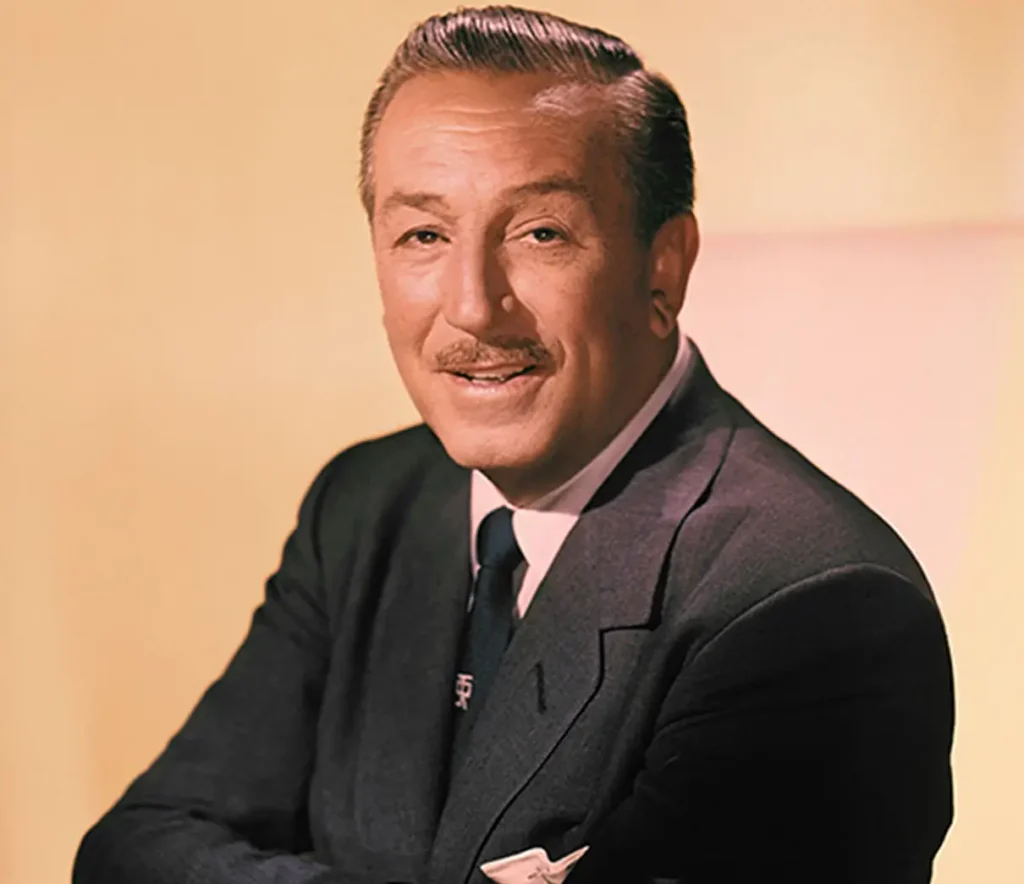
Mental Paradigms
A paradigm is a framework through which we view our experience. However, our worldview and current way of thinking may not be effective in producing the results we hope to achieve. Letting go of the long held mental paradigms – even painful and dysfunctional ones – is often frightening, but holding on to them can be limiting in terms of growth, potential, creativity and wholeness. In this program, we will gain awareness of the content and nature of the limiting paradigms to which we cling and have the opportunity to tap into a range of available options as we begin to let go.
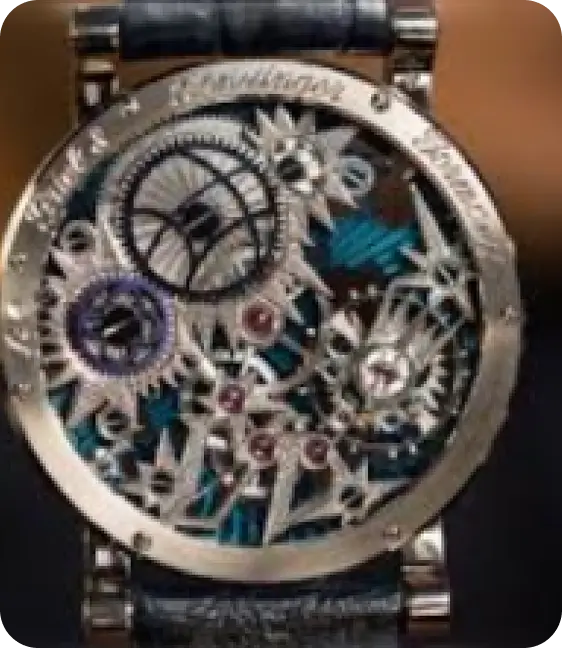
The Swiss invented the electronic quartz at their research institute. Yet, when the Swiss researchers presented this revolutionary idea to the Swiss manufacturers in 1967, it was rejected. The Swiss watch industry could not make a paradigm shift from mechanical watches to those requiring no bearings and gears. As a result, their market shared collapsed from 65 percent to less than 10 percent when the Japanese company, Seiko, adopted the electronic watch idea.
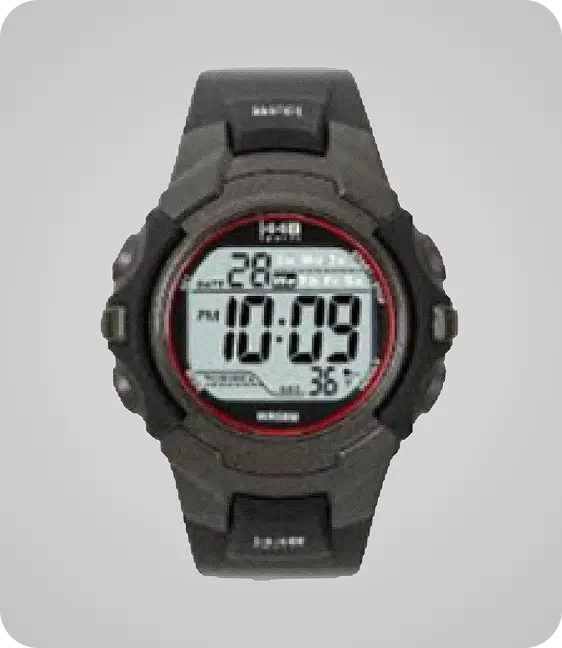
Emotional Intelligence (EI)
It was author Daniel Goleman who first brought the term emotional intelligence to a wide audience with a book of that name. In his research at nearly 200 global companies, Goleman found that while the qualities traditionally associated with leadership—such as intelligence, toughness, determination, and vision—are required for success, they are insufficient. Truly effective leaders are distinguished by high degree of emotional intelligence, which includes self-awareness, self-regulation, motivation, empathy, and social skills.
Empathy
It is the ability to understand another’s perspective, and sense what the other person needs from you. However, it does not mean to please everyone. Rather, empathy means thoughtfully considering others’ feelings – along with other factors – in making an intelligent decision. After the BP gulf oil spill, the CEO made matter worse by showing total lack of empathy in saying to the media, “I want my life back,” and then proceeded to hop aboard his yacht as dead birds and economic strife filled the Gulf.
Self-Regulation
The ability to control disruptive moods. Leaders who are adept in self-regulation are able to control emotional impulses and channel their anger in constructive ways. Even in a depressed mood they pick their words carefully and avoid rushing to hasty judgments. (One cannot be recognized even as a family leader without self-regulation.
Motivation
Taking initiatives, striving to improve and surviving setbacks.Leaders with high motivation remain optimistic even when the odds are against them. They are able to overcome the frustration of failure and keep resilient in the face of setbacks. Thomas Edison failed over 10,000 times before producing a working light bulb.
Self-Awareness
Knowing one’s strengths, weaknesses, needs and drives. People who are self-aware have a firm grasp of their capabilities. The risks they take are calculated. They won’t ask for a challenge that they know they can’t handle alone. They’ll play to their strengths and know when to ask for help.
Social skills
Proficiency in establishing and managing relationships. Socially skilled people have a knack for building rapport and finding common ground with others. They are able to motivate others in accomplishing their goals.
Empathy
It is the ability to understand another’s perspective, and sense what the other person needs from you. However, it does not mean to please everyone. Rather, empathy means thoughtfully considering others’ feelings – along with other factors – in making an intelligent decision. After the BP gulf oil spill, the CEO made matter worse by showing total lack of empathy in saying to the media, “I want my life back,” and then proceeded to hop aboard his yacht as dead birds and economic strife filled the Gulf.
Self-Regulation
The ability to control disruptive moods. Leaders who are adept in self-regulation are able to control emotional impulses and channel their anger in constructive ways. Even in a depressed mood they pick their words carefully and avoid rushing to hasty judgments. (One cannot be recognized even as a family leader without self-regulation.
Empathy
It is the ability to understand another’s perspective, and sense what the other person needs from you. However, it does not mean to please everyone. Rather, empathy means thoughtfully considering others’ feelings – along with other factors – in making an intelligent decision. After the BP gulf oil spill, the CEO made matter worse by showing total lack of empathy in saying to the media, “I want my life back,” and then proceeded to hop aboard his yacht as dead birds and economic strife filled the Gulf.
Motivation
Taking initiatives, striving to improve and surviving setbacks.Leaders with high motivation remain optimistic even when the odds are against them. They are able to overcome the frustration of failure and keep resilient in the face of setbacks. Thomas Edison failed over 10,000 times before producing a working light bulb.
Self-Awareness
Knowing one’s strengths, weaknesses, needs and drives. People who are self-aware have a firm grasp of their capabilities. The risks they take are calculated. They won’t ask for a challenge that they know they can’t handle alone. They’ll play to their strengths and know when to ask for help.
Motivation
Taking initiatives, striving to improve and surviving setbacks.Leaders with high motivation remain optimistic even when the odds are against them. They are able to overcome the frustration of failure and keep resilient in the face of setbacks. Thomas Edison failed over 10,000 times before producing a working light bulb.
Health and Fitness
Health and Fitness

One cannot afford to gamble with one’s health because whatever one’s plans for the future, one cannot achieve them without physical and mental fitness. So, leaders need to develop an understanding of how to nourish their mind and body with proper diet and exercise lest their leadership effectiveness is cut short by cardiovascular disease, headaches, backaches, stomach ulcers, panic attacks, obesity, and other stress related disorders. IF YOUR HEALTH IS GONE, YOUR LEADERSHIP IS GONE! It is that simple.
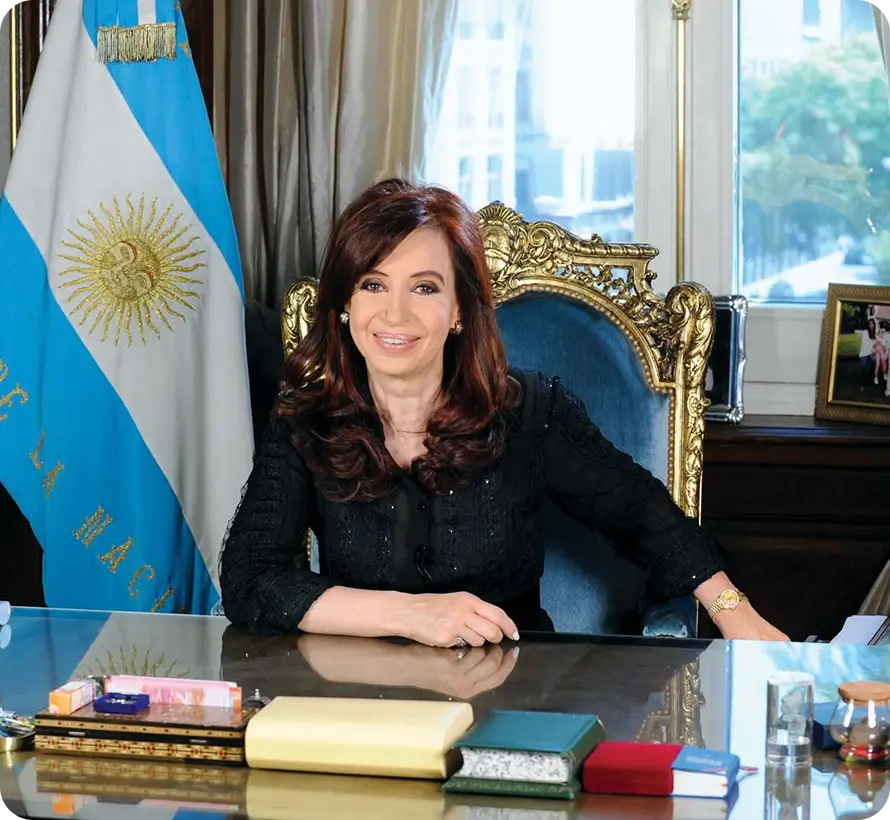
In 2013 when Argentine President Cristina Kierchner’s was absent from the political scene for a month due to health reasons, it sparked political uncertainty just weeks before her ruling coalition faced a key test in midterm elections. IF YOUR HEALTH IS GONE, YOUR LEADERSHIP IS GONE! Leaders must eat right, exercise and learn how to manage stress!
Due to increased responsibility, the job of a leader can be extremely demanding, and without stress management one begins to age at an accelerated pace.
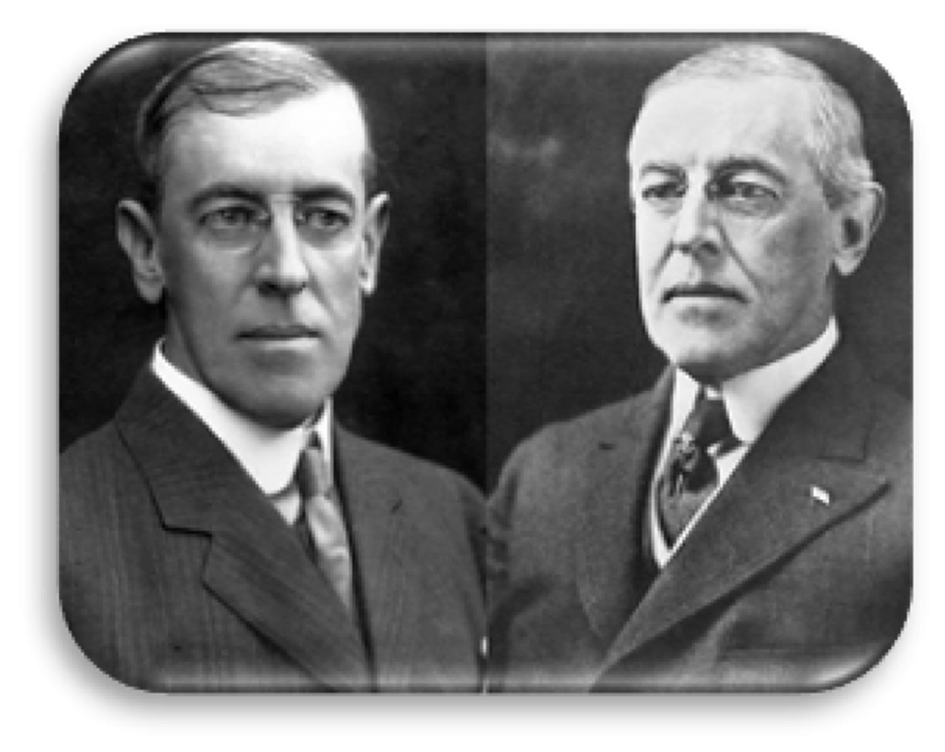
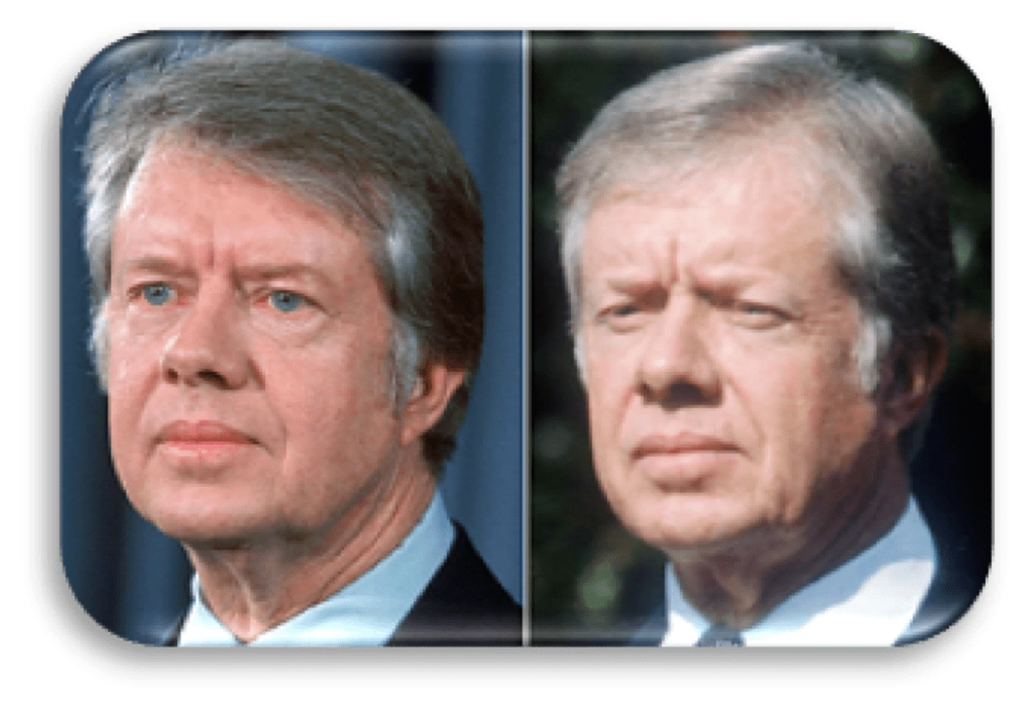
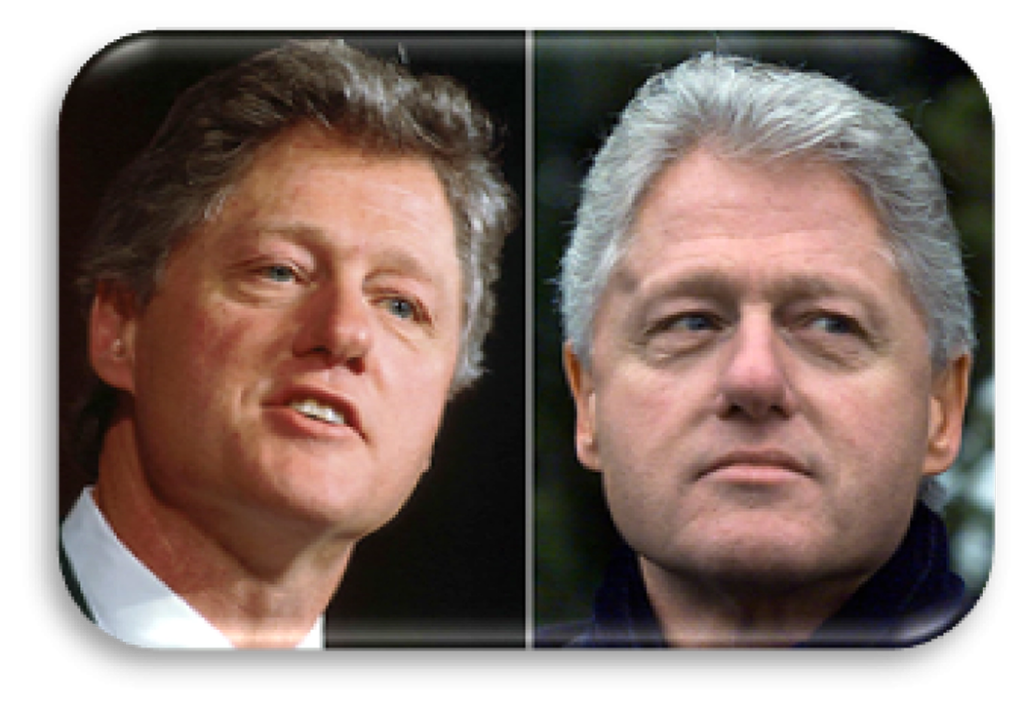
21/32 of the U.S. Presidents did not reach life expectancy.

